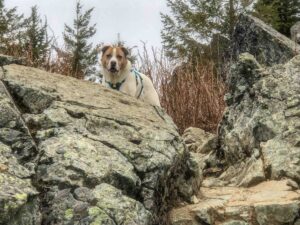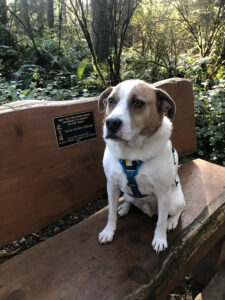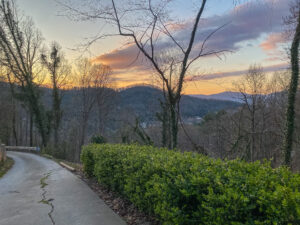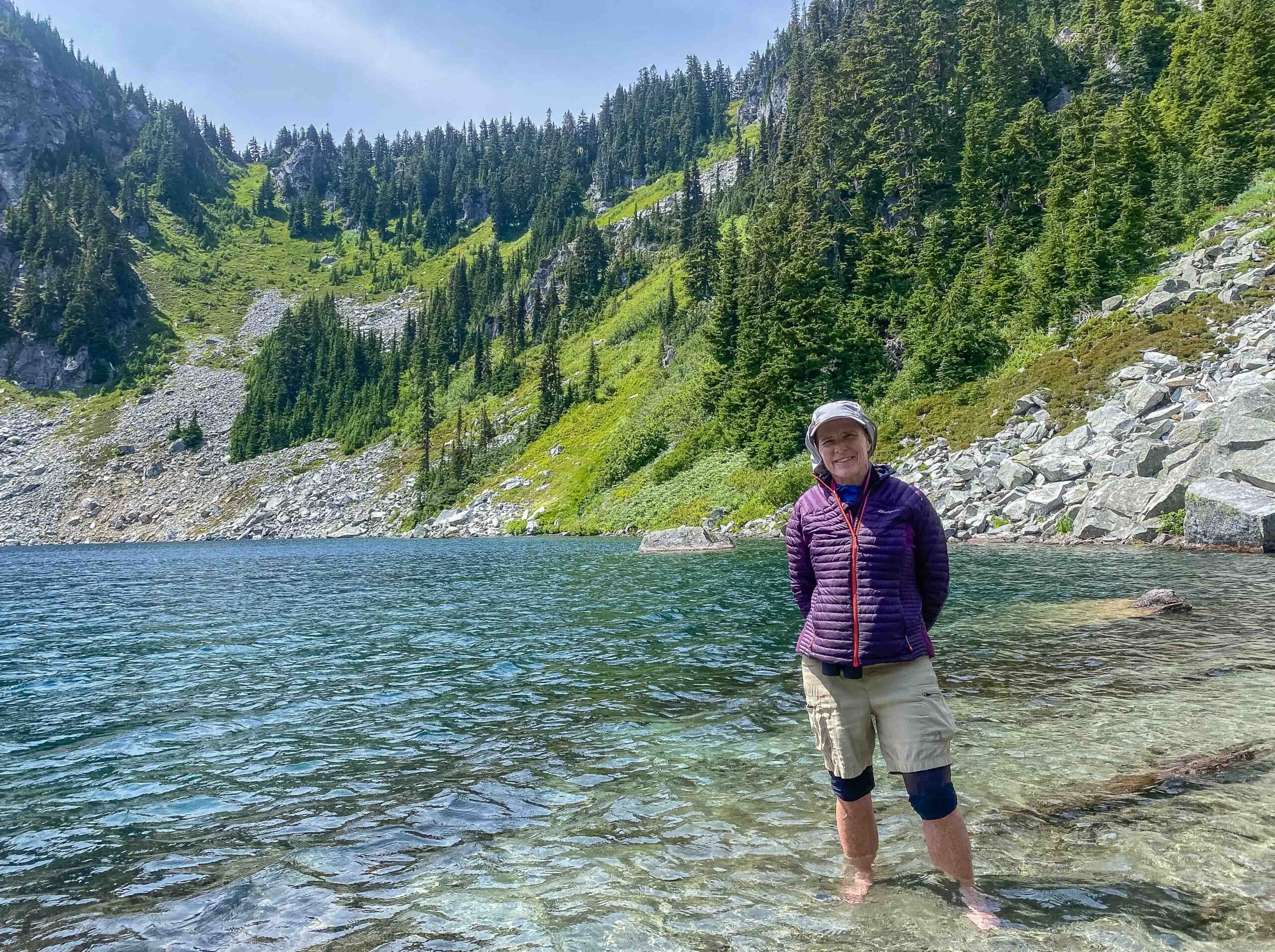
Trail-tested Confidence: Lessons for Work and Life
The hour before a new client session, I get the same knot in my stomach that I sometimes get as I pull into the parking lot of a tough trailhead. Before Monday’s 14-mile hike to the top of Teneriffe, I thought about the 4,400 feet of elevation gain ahead and wondered, Can I do this? But step by step the doubts fade, on the trail and in my work.
Confidence isn’t something you wake up with. It’s something you practice, just like carrying a 30-pound pack up a mountain. Every session with a client is another rep, building the muscle memory that turns doubt into steady progress. From miles to mindset, I use lessons from the trail to help me move forward at work.
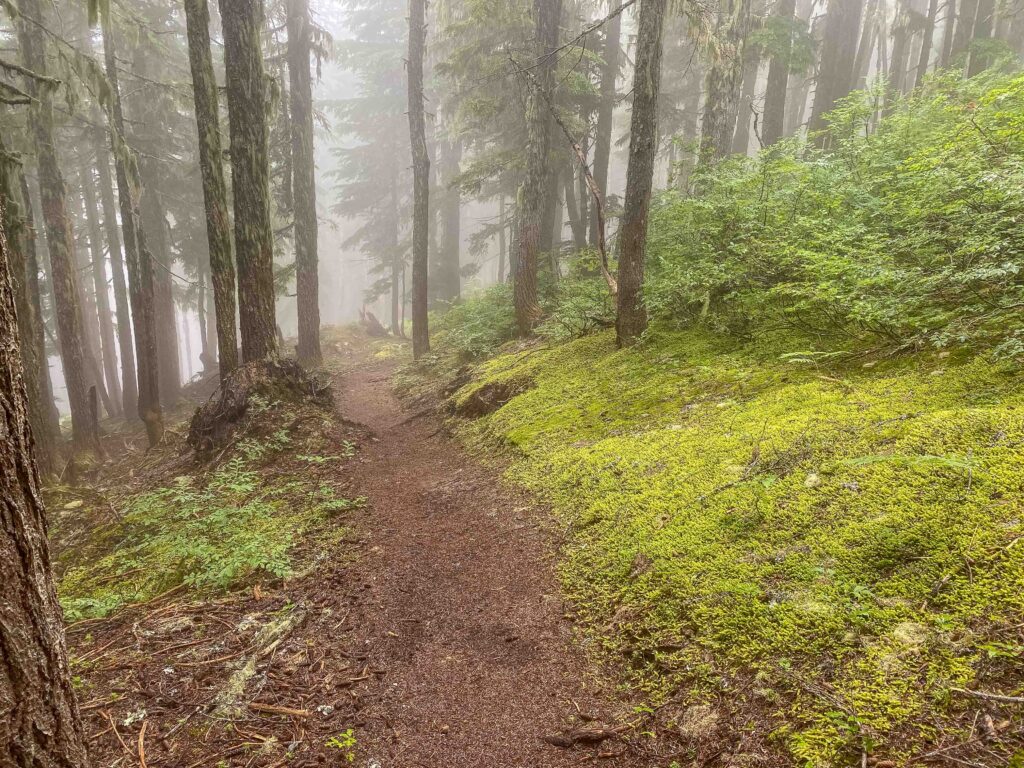
Repetitions Build Strength
I’ve been climbing mountains with the Mountaineers for over thirty years. I know what it takes to reach the destination, whether you go down first (i.e. hiking in the Grand Canyon), up for weeks (i.e. climbing Everest), or to the farthest alpine lake (19+ miles). I know it takes repeat effort, variety in training, and consistency.
On the trail, I’ve learned the importance of building strength and endurance gradually, whether you’re adding 10% mileage or pack weight each week or tackling a new mountain. I would never jump from a 5-mile hike to a 19-miler overnight. Yet at work, I often expect myself to leap into perfect client sessions without sufficient practice. No wonder I sometimes feel bruised and broken. Confidence, like endurance, grows with reps.
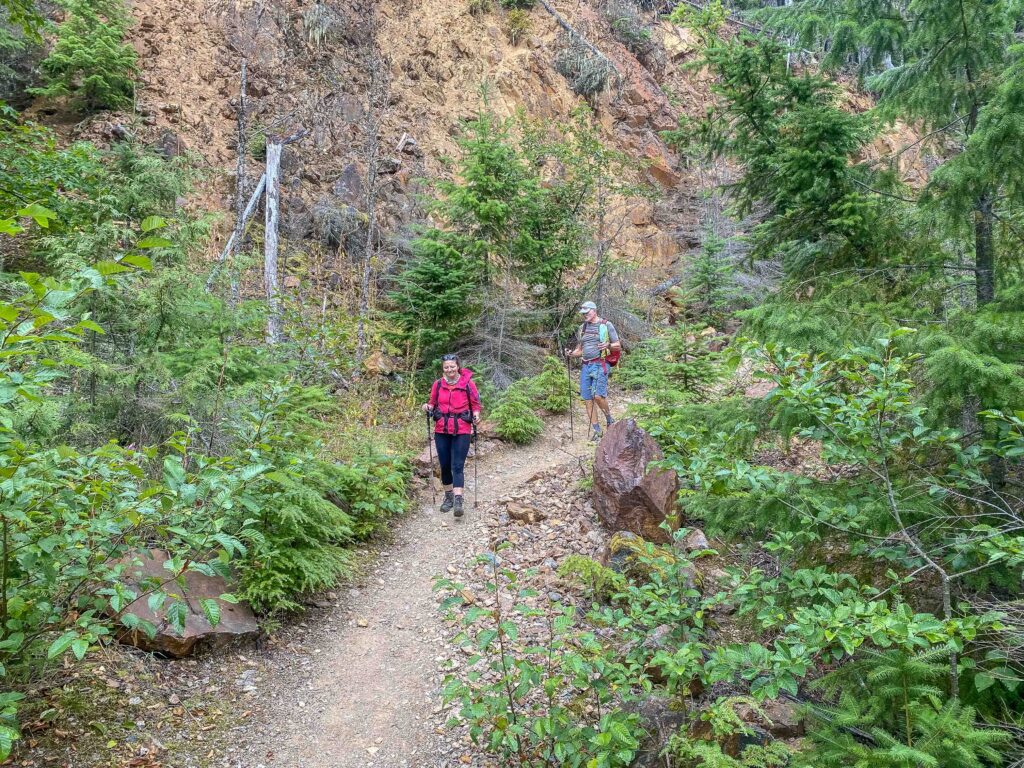
Taming Tough Mental Terrain
When my husband and I headed along a gravel road toward the trailhead for Trap Lake last Friday, we had to wait for a car to back up to a pullout on the one-lane road to get by. We’d missed the turnoff, and the approach was the most rutted I’d been on all season. When we started up the steep dirt path without any warm-up, I could feel the increase in weight on my back. At one point I stopped at a boulder to catch my breath. There it was again: Can I do this?
Just like ruts in a mountain road forced us to slow down and steer carefully, learning neuroscience with clients requires patience. Before each client, I feel like I’m staring at a steep, rocky, rooted trail waiting to trip me. Self-doubt attaches itself to me at work like it does to any novice hiker. Then I remember: there are no shortcuts—only persistence, careful navigation, and trust that each bumpy session teaches me something I can use on the next.
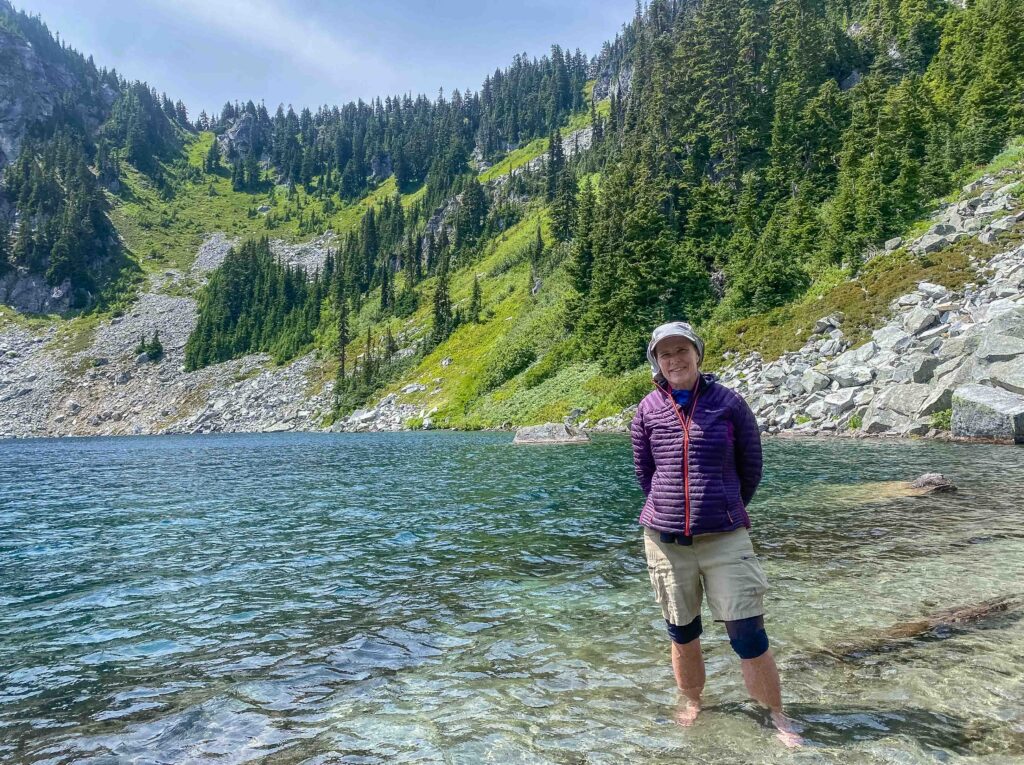
Tools in Your Toolkit
The tools I use for both hiking doubts and work worries are similar:
Pace Yourself
On the trail, pacing means paying attention to your breathing and slowing down before you burn out. At work, it’s the same: focus only on the next step. Before a client session, I want to ask myself, “What’s one small thing I can do right now to feel ready?” or “What’s one neuro exercise I can include with this client?”
Reframe Worry
Worry isn’t a red flag; it’s a reminder that what you’re doing matters. Instead of fighting it, I take three slow breaths, roll back my shoulders, and use the energy to focus. Nervousness means I care, not that I’m unprepared.
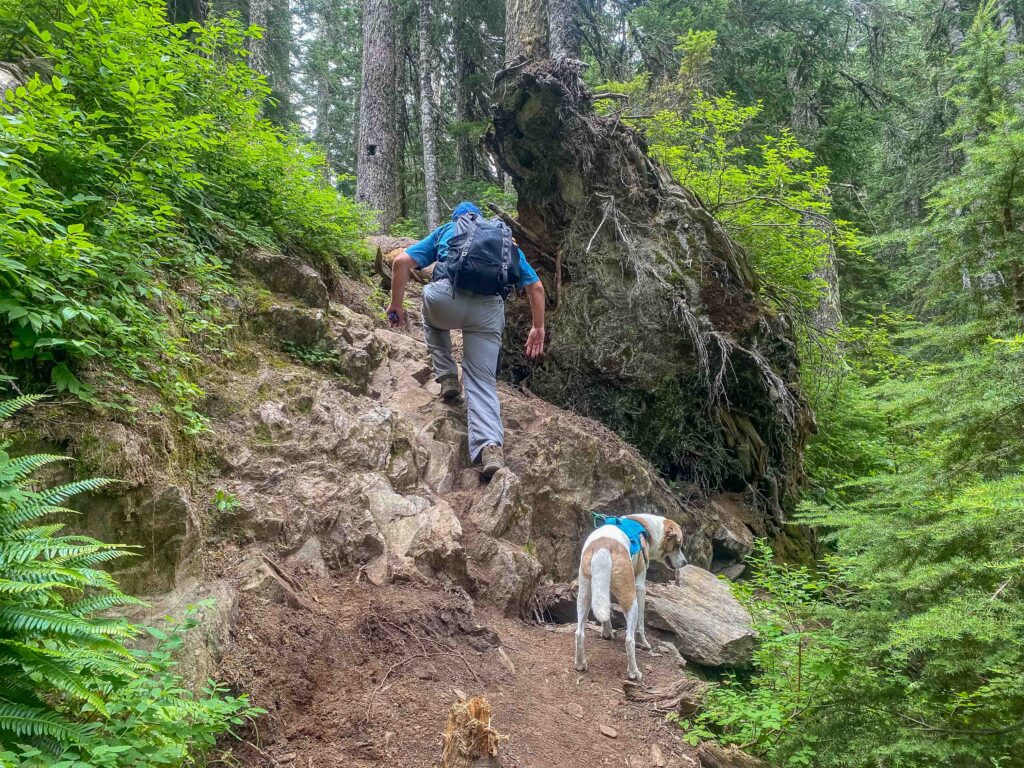
Ask Better Questions
Instead of “Can I do this?” try “What’s it going to take to succeed?” The first question feeds fear. The second sparks solutions and puts you in a better mindset. When I frame my doubts as challenges to solve, my brain shifts into problem-solving mode.
Trust Your Training
Confidence comes from preparation, not perfection. Just like conditioning hikes build endurance for bigger adventures, every client session is a set of repetitions that makes you stronger. Look back at how far you’ve come, not how far you have to go.

Keep a Mental Highlight Reel
Hikers remember summit views; keep the same record at work. Jot down moments when you helped a client, solved a problem, or stayed calm under pressure. When doubt creeps in, play that reel as proof that you can do this.
Progress You Can’t Always See Until You Look Back
Confidence, like hiking endurance, sneaks up on you. You can only see growth when you look at where you started. Sullivan talks about this concept in his book, The Gap and The Gain. I’ve written about it before, as well. Midway through both hikes, when I was in a good space, enjoying nature and the company I was hiking with, I realized how far I’ve come from feeling like 8 miles was my upper limit. Now I’m planning on multiple 16-mile hikes in September as graduation hikes for CHS-1 and CHS-2 students.
Teneriffe, a 14-mile and 4400’ gain hike that used to be very daunting, is now something I can do easily, comfortably, carrying additional water weight as a conditioner for a future backpack. I’m looking forward to returning to Snoqualmie Lake (16.5 miles) and visiting Alaska Mountain (17.5 miles) for the first time. What used to be daunting in the mountains no longer fazes me.
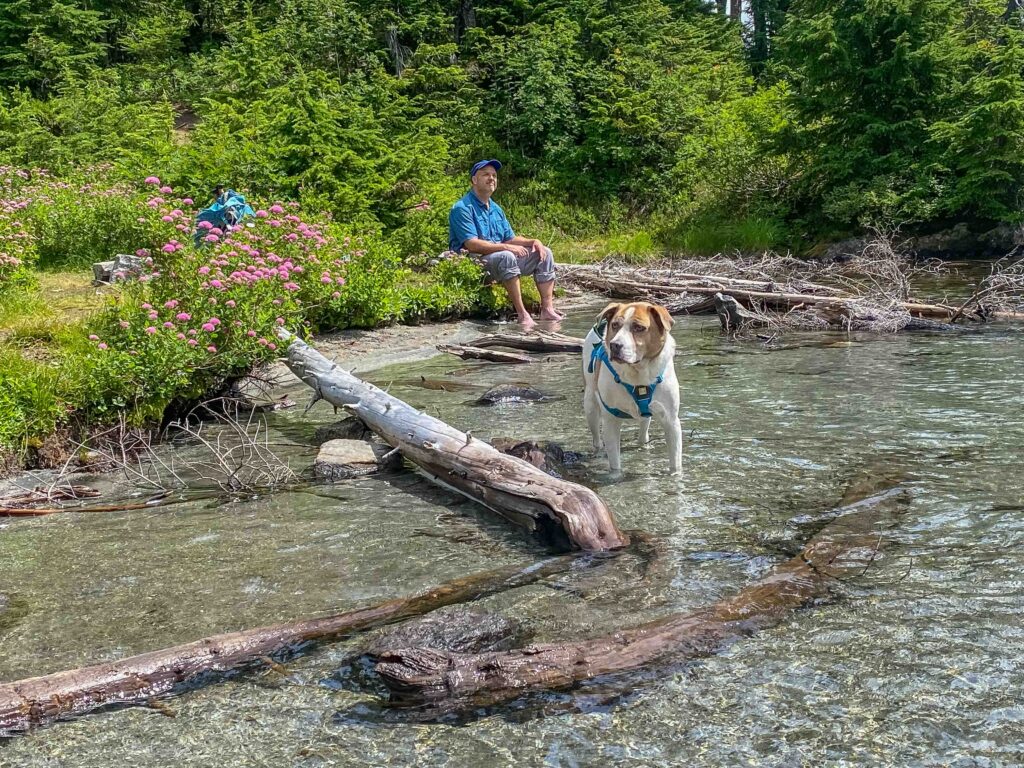
Just as my legs adapt to longer hikes, my confidence with clients is strengthening in ways I don’t always notice—until I look back and see how far I’ve come. I first started using neuroscience techniques with clients in November 2024, I felt tentative, unsure, and awkward. But with more than nine months of practice, I am much more competent and comfortable. Still not 10,000 hours’ worth, but practice yields improvement. I am persistent and tenacious and will figure this out, as well. That is progress.
Trust the Trail (and the Process)
Whatever challenges you face, the idea is the same: confidence grows by showing up. Confidence, like hiking, isn’t built in a single climb. It’s forged in the miles, the mistakes, and the quiet moments when you keep showing up. One day, you realize you’re not at the trailhead anymore. You’re already halfway up the mountain, and stronger than you ever believed possible.
